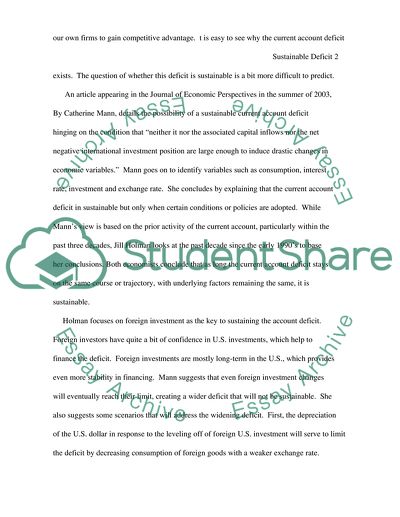Cite this document
(“Sustainable Deficit Essay Example | Topics and Well Written Essays - 1500 words”, n.d.)
Retrieved from https://studentshare.org/macro-microeconomics/1537862-sustainable-deficit
Retrieved from https://studentshare.org/macro-microeconomics/1537862-sustainable-deficit
(Sustainable Deficit Essay Example | Topics and Well Written Essays - 1500 Words)
https://studentshare.org/macro-microeconomics/1537862-sustainable-deficit.
https://studentshare.org/macro-microeconomics/1537862-sustainable-deficit.
“Sustainable Deficit Essay Example | Topics and Well Written Essays - 1500 Words”, n.d. https://studentshare.org/macro-microeconomics/1537862-sustainable-deficit.


